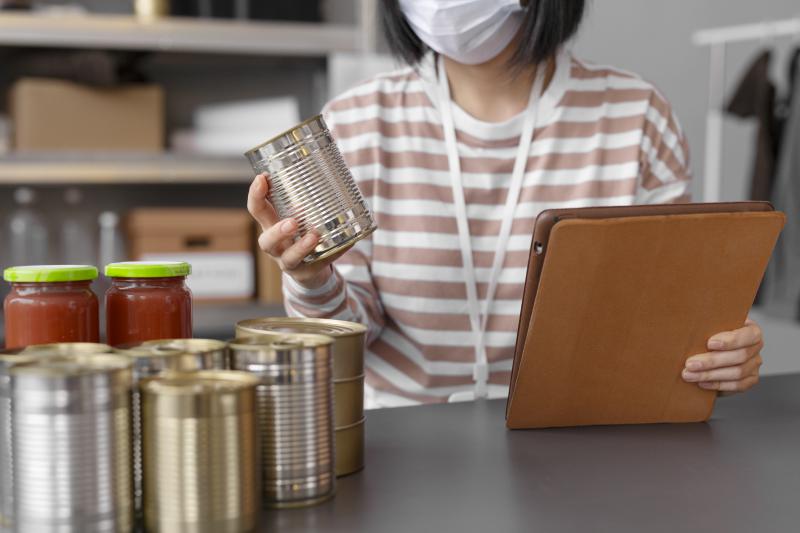
Migration Tests in Packaging Materials: How Are Food Transfer Risks Measured?
Migration Tests in Packaging Materials: How Are Food Transfer Risks Measured?
Contents
When it comes to food safety, it’s not just the product itself that matters, but also the packaging materials it comes into contact with. So, how are potential chemical transfers from packaging to food measured? This is where migration tests come into play. In this article, we will explore what migration tests are, why they are essential, and how they are applied to ensure food safety.
What is a Migration Test?
Migration testing is a scientific method used to measure the amount of chemical substances that can migrate from food-contact packaging materials into the food itself. These tests are applied to various materials such as plastics, paper, cardboard, glass, metals, and coatings. The primary goal is to detect and prevent chemical contaminations that could threaten consumer health.
Types of Migration
- Total Migration: Measures the overall amount of substances that migrate from the packaging into the food.
- Specific Migration: Measures the migration of a particular chemical substance.
- Simulation Tests: Tests performed using food simulants instead of real food products.
Why Are Migration Tests Important?
Migration testing is crucial to identify potential risks, especially during long-term storage and packaging. Compliance with mandatory regulations, such as those from the European Union and Turkey, also makes these tests indispensable. Furthermore, they are vital for product quality, brand trust, and consumer health.
Which Tests Are Performed on Packaging Materials?
The following packaging analyses are commonly conducted:
- Total and specific migration analyses
- Surface contamination tests
- Solubility tests (for vinegar, oil, alcohol environments, etc.)
- Physical durability tests
- Food contact suitability tests
How Are Migration Tests Conducted?
- Determine the type of packaging material and intended use.
- Select an appropriate food simulant (e.g., acetic acid, ethanol, oil simulant).
- Expose the packaging material to the simulant under specific temperature and time conditions.
- Analyze the simulant for migrated substances after exposure.
- Compare the results with regulatory limit values.
Risk Factors in Food Packaging
Potential hazardous substances that can migrate from packaging materials into food include:
- Phthalates
- Bisphenol A (BPA)
- Heavy metals
- Soluble organic compounds
- Ink and paint residues
High levels of these substances can cause serious health risks and regulatory non-compliance issues.
Conclusion
Food safety is closely tied not only to product quality but also to the materials protecting it. Thanks to migration testing, brands can maintain their reputation and offer consumers safer products. If you want to certify the food contact safety of your products and prevent potential risks, working with a professional food analysis laboratory is crucial.
Frequently Asked Questions
Why are migration tests performed?
Migration tests are conducted to detect and prevent the transfer of harmful chemicals from packaging materials to food, ensuring consumer health and regulatory compliance.
Which packaging materials require migration testing?
All food-contact packaging materials such as plastics, paper, cardboard, glass, metals, ceramics, and coated materials are subject to migration testing.
What are migration limit values?
These are the maximum allowable transfer limits of specific substances into food, as determined by European Union regulations and the Turkish Food Codex.
How to get packaging materials tested?
You should consult a specialized laboratory to determine the appropriate tests for your packaging material and initiate the analysis process. For more details, visit our packaging analyses page.

